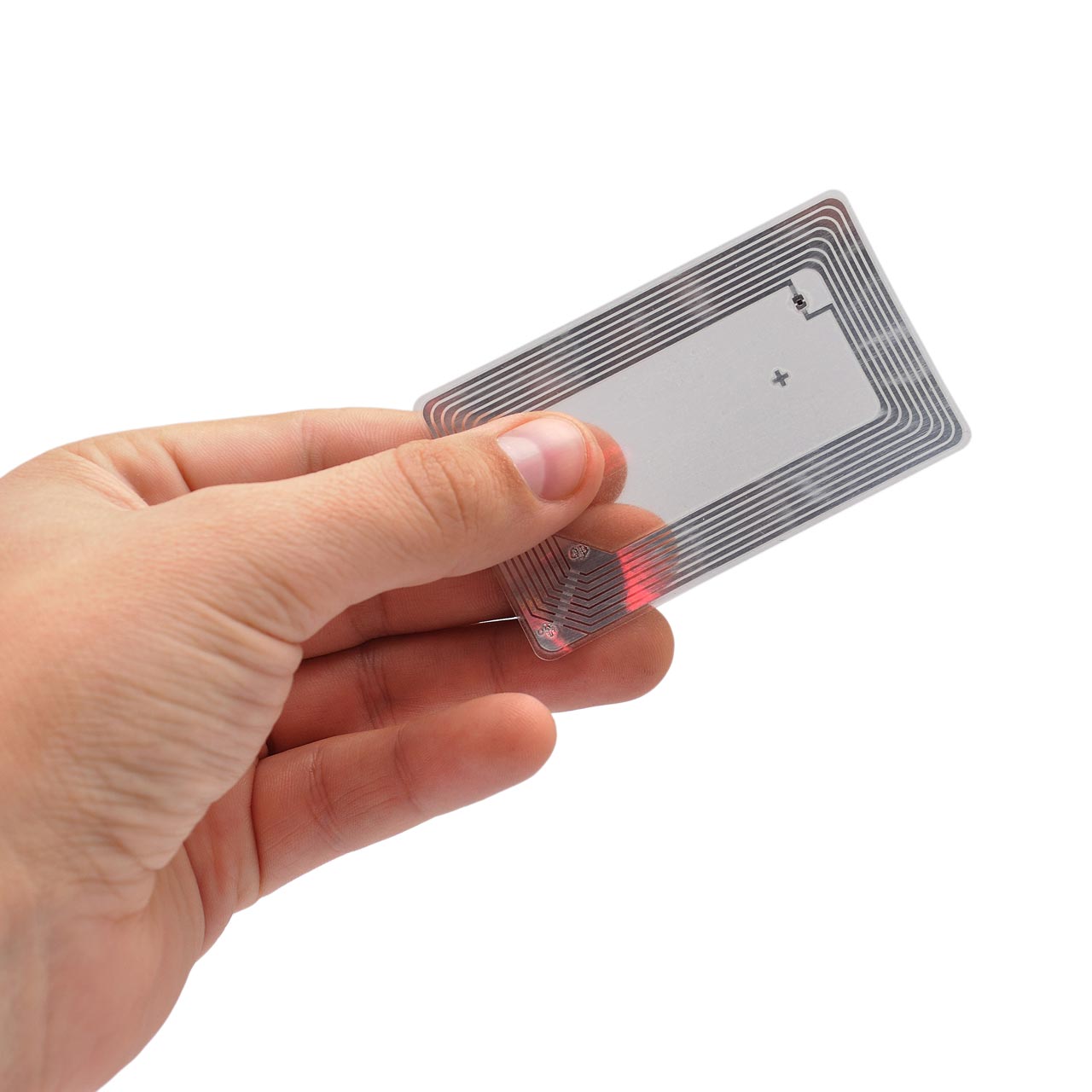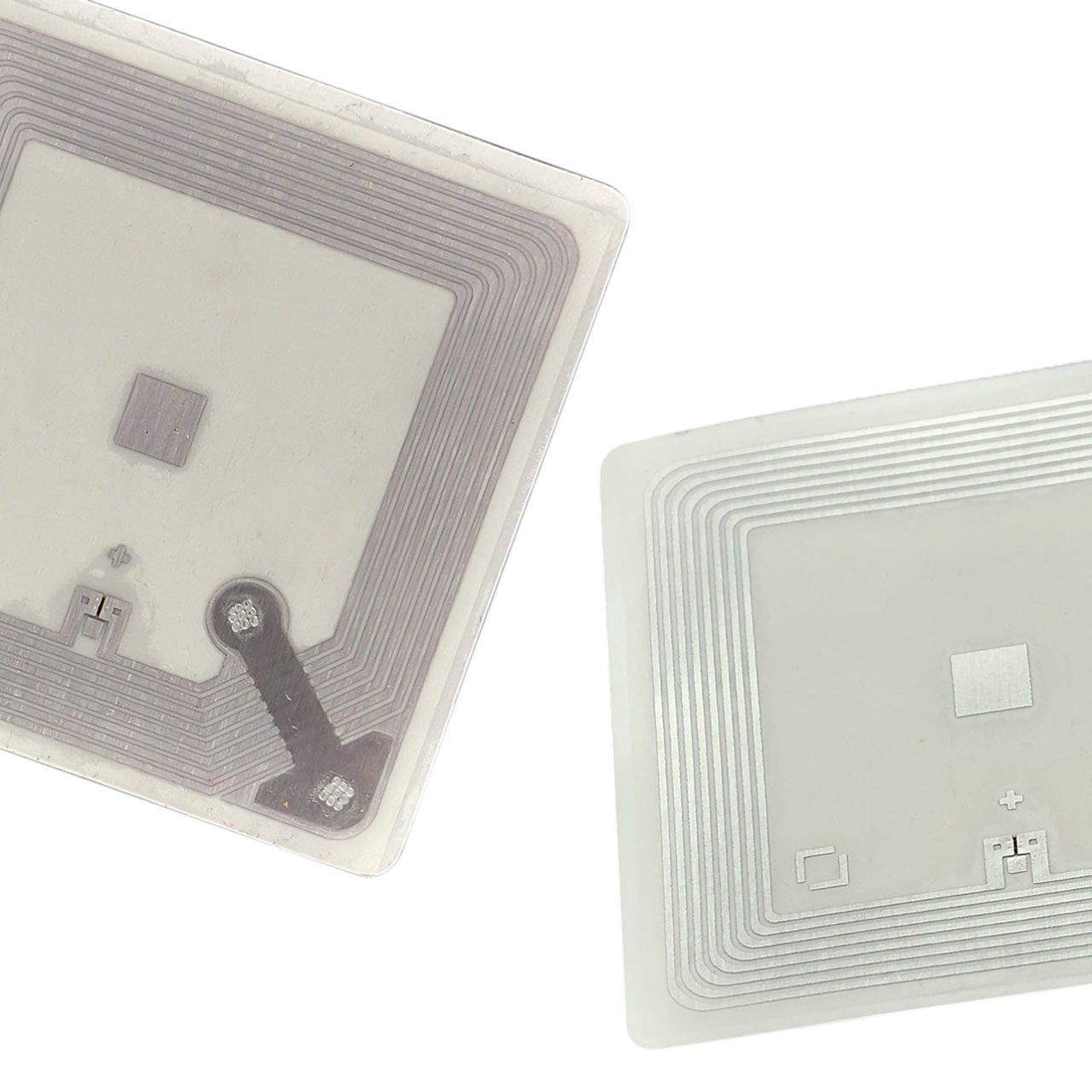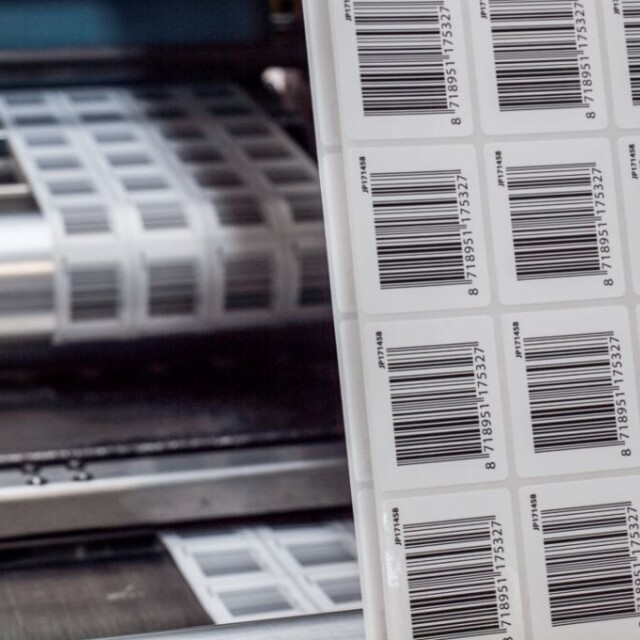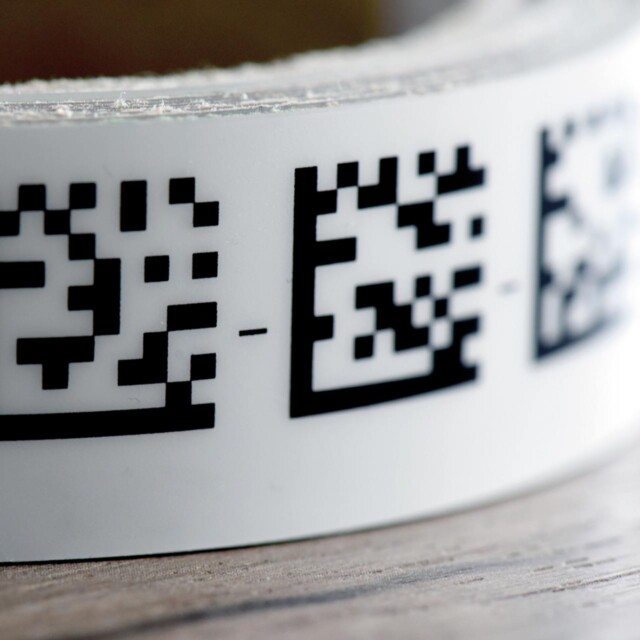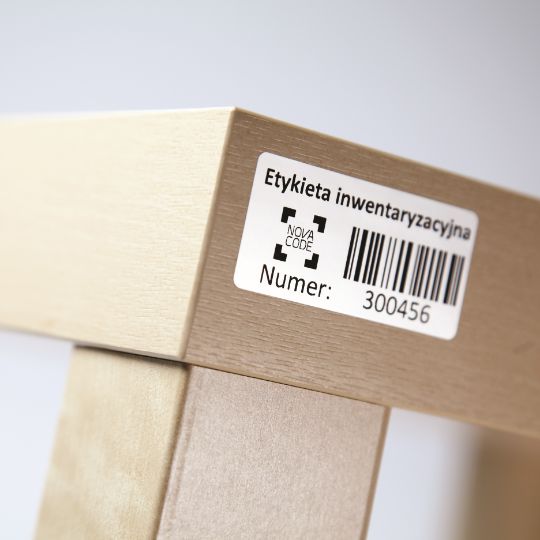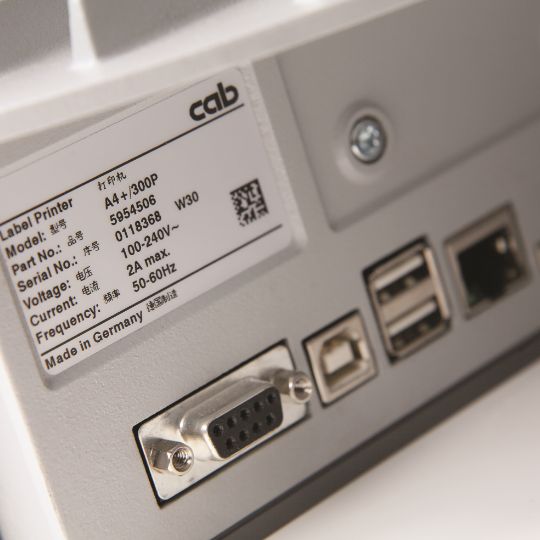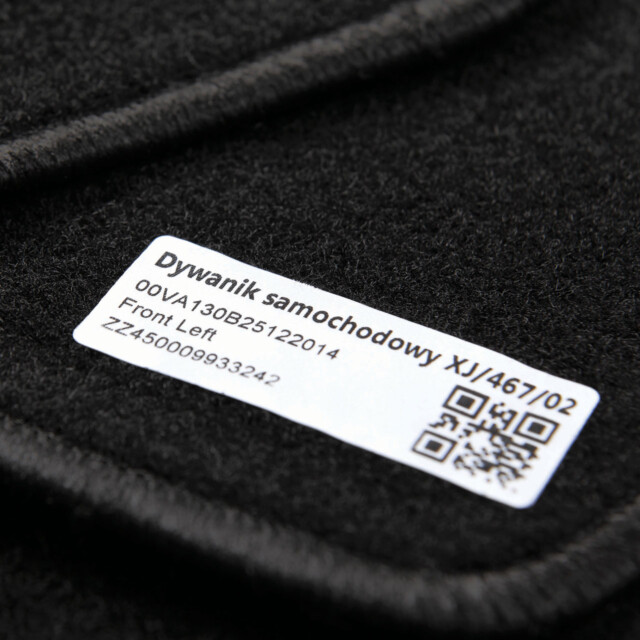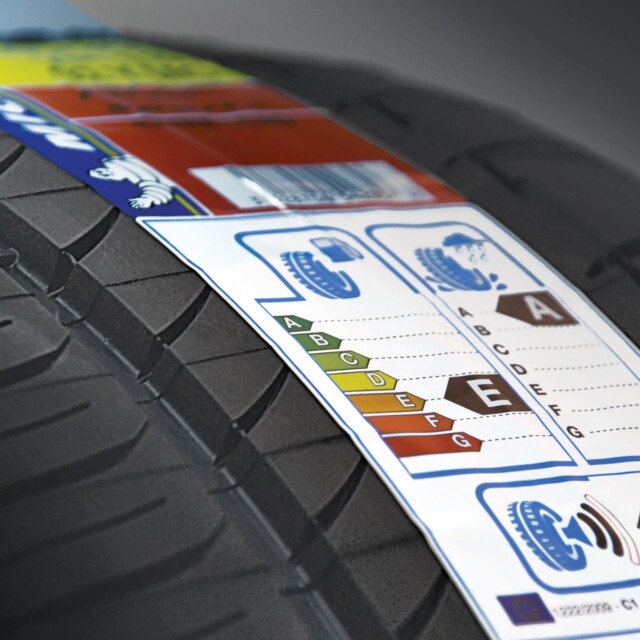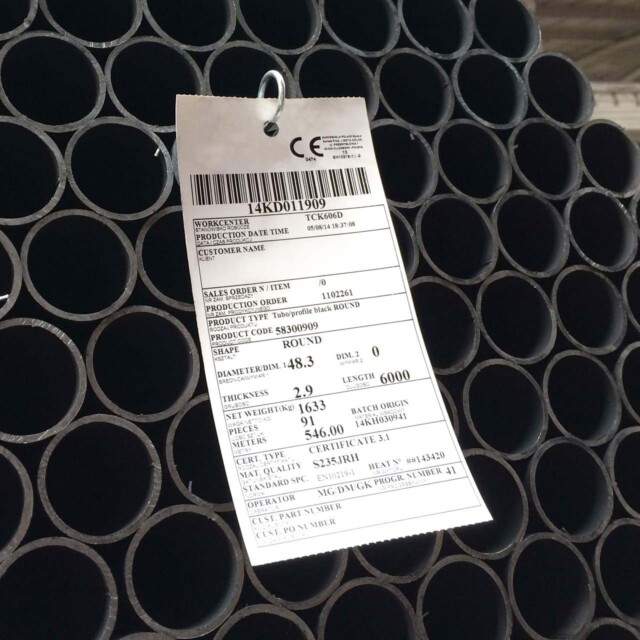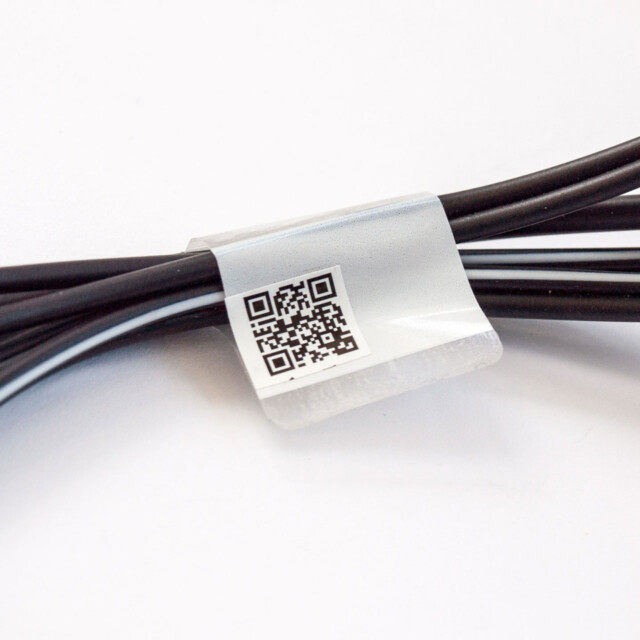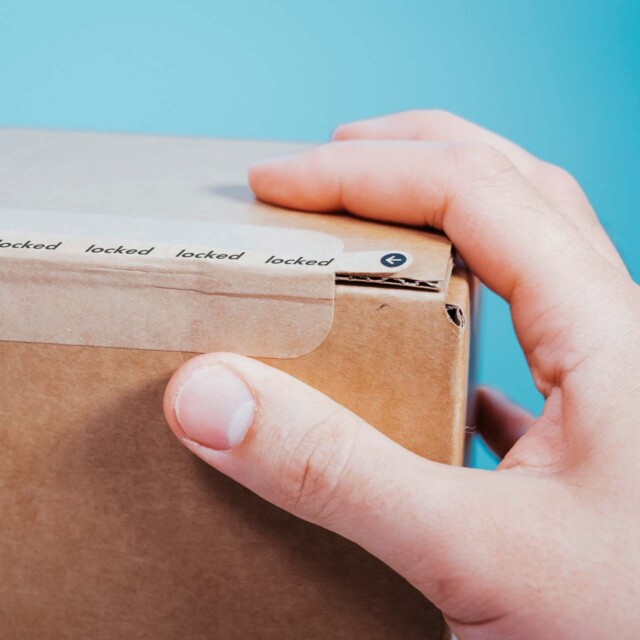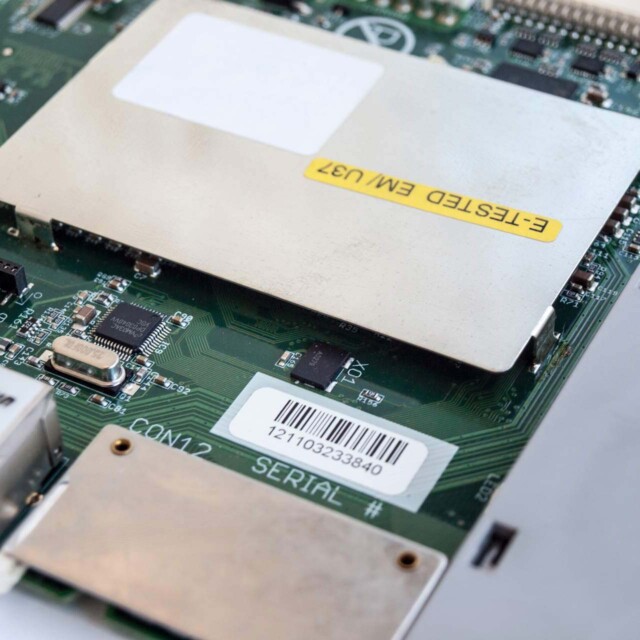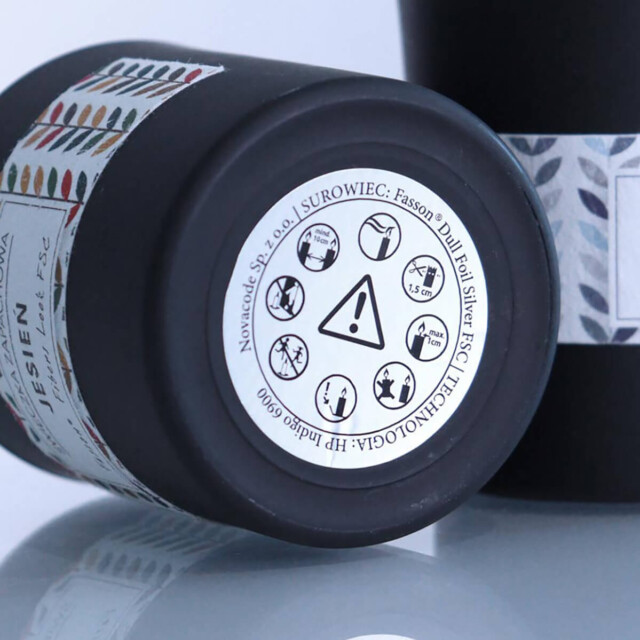What is RFiD?
Radio-frequency identification – a technology that uses radio waves to transmit data and power the electronic circuitry of an RFiD tag to identify it.
The RFiD tag can take the form of:
an adhesive label, e.g. paper or foil, which, in addition to encoding the data in it, can be printed in the traditional way with a thermal transfer printer
an adhesive-free tag or textile tag – also printable by thermal transfer
RFiD flags to be used in the case of metallic products or those containing water, in which case the non-adhesive part of the label
protrudes above the product, thus increasing the range of the RFiD antenna, making it possible to read data from products which, as a rule, shield the radio waves, making it impossible to transmit data.
tablets, e.g. RFiD tags, which are used in the laundry industry, e.g. by sewing them into workers' clothes
RFiD tag – in the form of e.g. a plastic tag resistant to weather conditions, mechanical trauma or high temperatures (may include an adhesive layer or riveting holes)
access/personal identification cards - printing and encoding possible with special card printers
There are several RFID technology standards that differ in operating frequency, read range, data transfer speed, interference resistance and error handling. As a rule, three basic radio wave frequency ranges are used for tag communication:
LF with short range, e.g. person identification
HF (high frequency), reading from a few centimetres to about a metre,
UHF (ultrahigh frequency) in Europe is 865-868 MHz, have a range of up to several metres and read up to several hundred tags per second e.g. identification of resources, materials, components, tools or clothing.

